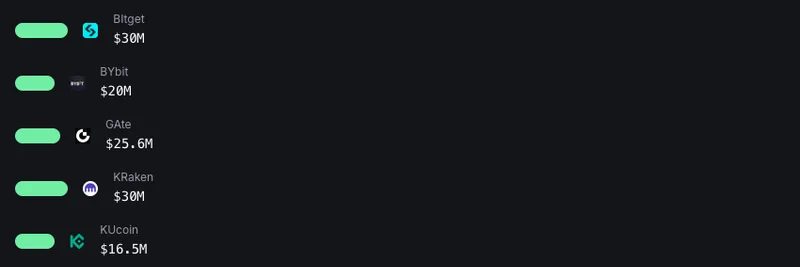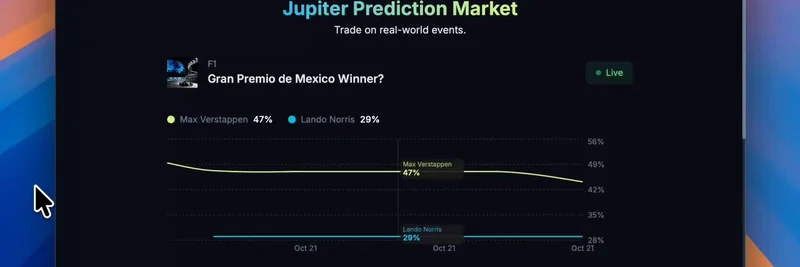In the fast-paced world of cryptocurrency trading, perpetual futures—often called "perps"—have become a staple for traders looking to bet on price movements without an expiration date. These contracts allow you to go long (betting the price will rise) or short (betting it'll fall), and they're essentially a player-versus-player (PvP) game: for every winner, there's a loser. But a recent tweet from Chase Ebner, a notable figure at Solana Mobile, has sparked a conversation that's got the crypto community buzzing.
Chase posted: "So if perps are PvP (one winner, one loser), where are all the winners on timeline? I’ve seen a couple but when bulls win they are everywhere. Seems weird. Is it just sketchy CEXs trading (and winning) against their users with more data?" You can check out the full thread here.
This observation hits home, especially in bear markets where prices are tumbling. When the market's booming and bulls are charging ahead, social media timelines light up with success stories—traders flaunting their gains from leveraged longs on hot meme tokens like those on Solana. But flip the script to a downturn, and those victory posts vanish. Where are the short sellers celebrating their wins?
Let's break it down simply. Perpetual futures are derivatives that mimic spot trading but with leverage, meaning you can control a large position with a small amount of capital. They're popular on centralized exchanges (CEXs) like Binance or Bybit, where liquidity is high, and they're often used for volatile assets, including meme coins. Think of trading perps on something like $DOGE or a new Solana-based meme token— the swings can be massive, amplifying both wins and losses.
Chase's point raises a red flag: asymmetry in visibility. In bull runs, winners are vocal because the overall sentiment is positive, and sharing gains builds hype. But in bears, even if shorts are profiting, they might stay quiet to avoid backlash or because the ecosystem feels gloomy. However, he suggests a darker possibility—sketchy CEXs might be stacking the deck.
Centralized exchanges have access to vast user data: order books, liquidation levels, and trading patterns. In theory, they could use this to trade against their own users, front-running positions or manipulating prices to trigger liquidations. While reputable CEXs claim to separate their trading desks, scandals like the FTX collapse have eroded trust. For meme token enthusiasts, this is crucial because many perps on low-cap memes are hosted on these platforms, where liquidity is thinner and manipulation easier.
Replies to the tweet echo this skepticism. One user blamed "insider traders (gov)," hinting at regulatory or institutional edges, while another affirmed that perps are indeed pure PvP—one long, one short.
For blockchain practitioners diving into meme tokens, this thread is a reminder to tread carefully with leveraged trading. Stick to decentralized alternatives like perpetual DEXs on chains like Solana, where transparency is higher, or use tools to monitor on-chain data for fairer play. If you're building or trading in the meme space, understanding these dynamics can help you avoid being the "loser" in this PvP arena.
Ultimately, Chase's question underscores a broader issue in crypto: transparency and fairness. As the market matures, expect more calls for decentralized solutions that level the playing field, especially for the wild world of meme coins. What do you think— are CEXs really the hidden winners? Drop your thoughts in the comments below.




